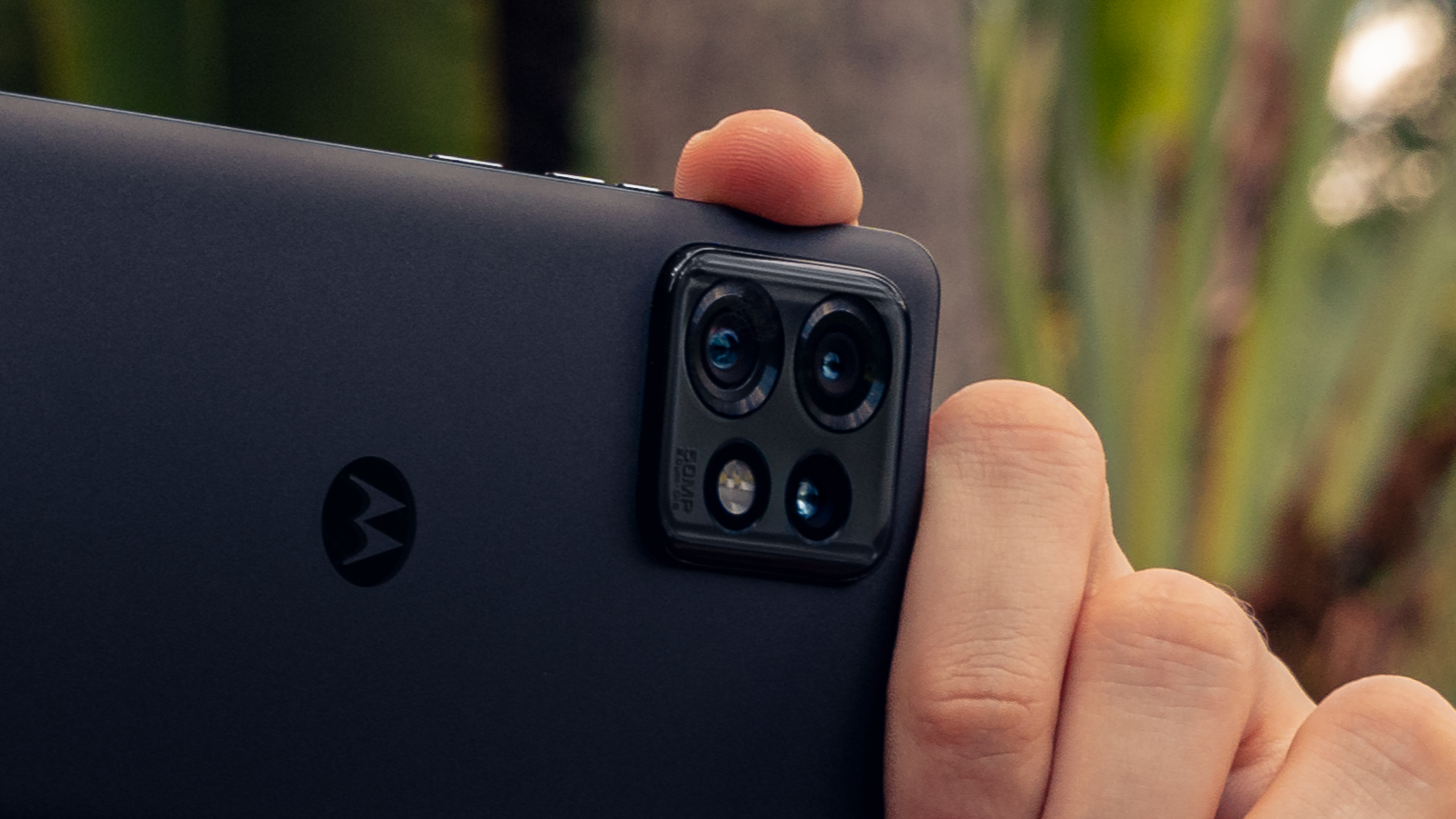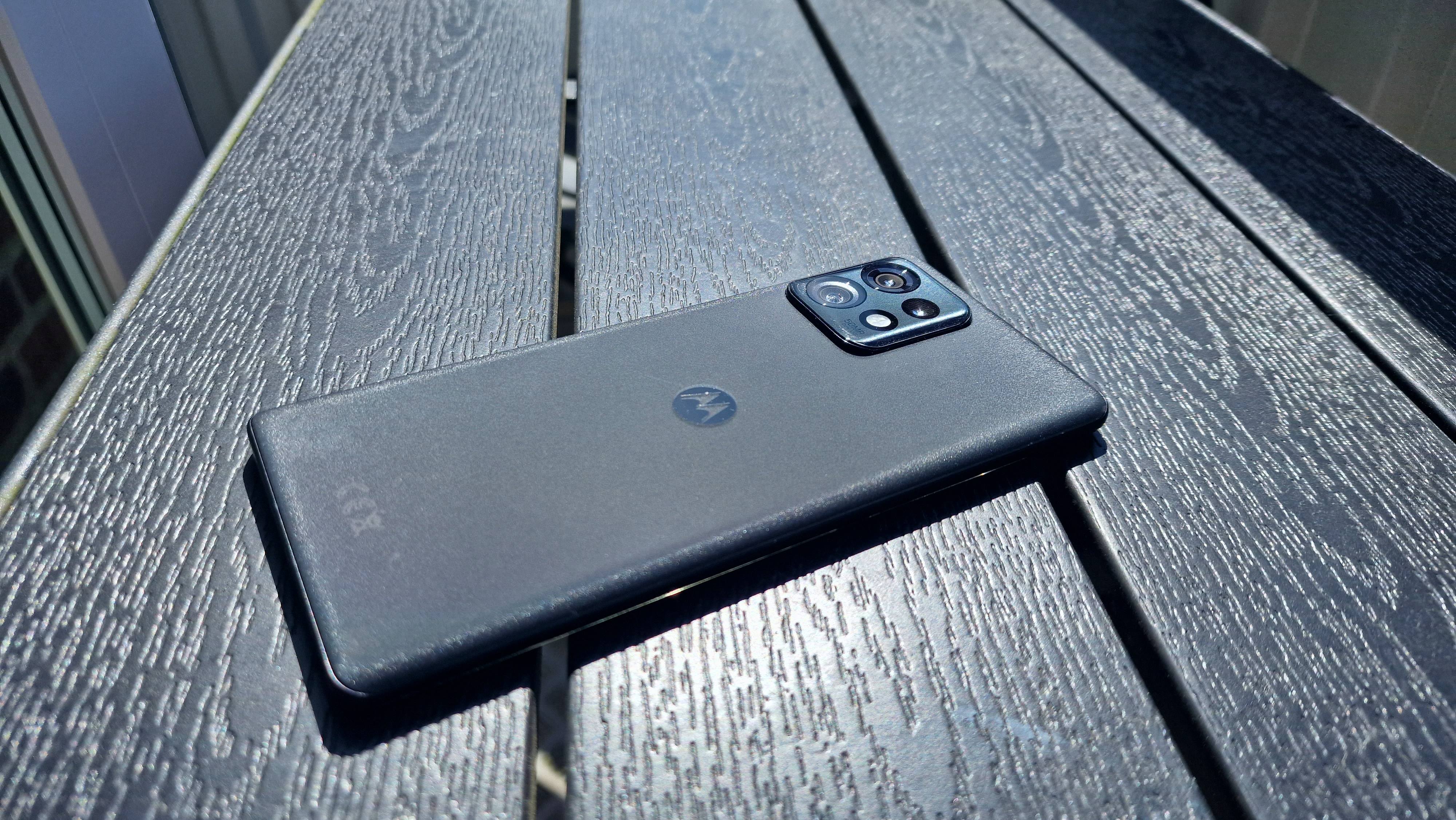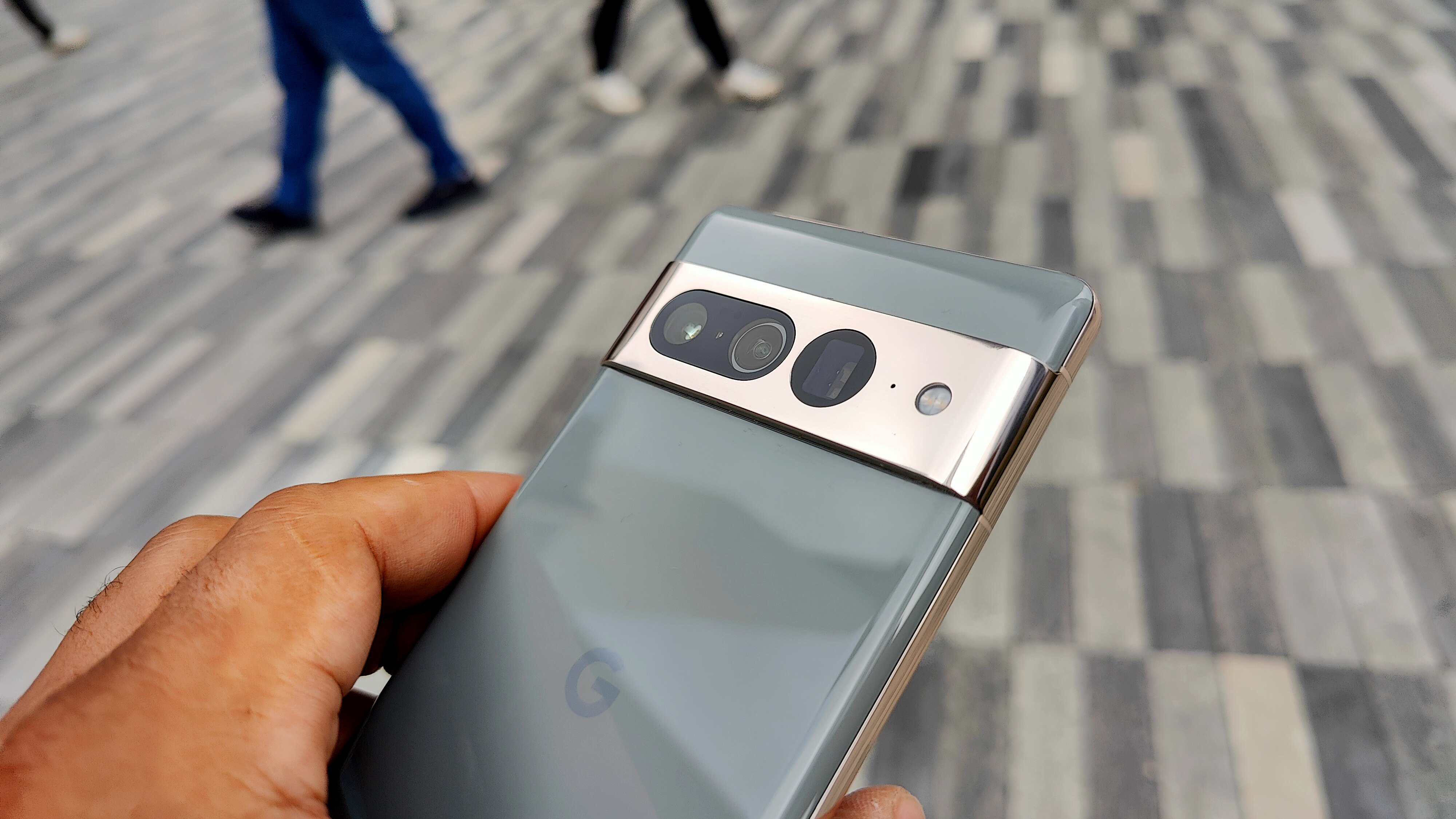
Of all the competing Android phone brands out there, none are more intertwined than Google's Pixel phones and Motorola's smartphones, in my mind; with Moto's phones feeling far more like Pixel precursors in my mind than even Google's own Nexus line.
Motorola – which Google owned between 2012 and 2014 – made phones with unspectacular but useful features, meant to make your life easier. It built up a loyal following after its Moto X-series impressed reviewers and buyers alike; though that philosophy would soon lose its form. While Google subsequently sold Motorola off and continued along its own smartphone path, the now-Lenovo-owned phone maker remains one of the biggest names producing handsets with a user experience that's comparably as clean as Google's own.

The comparisons invite themselves. At the budget end of the phone market, it’s a one-sided affair, with Google’s Pixel A-series easily outclassing the best Motorola phones at that price point. When things get a little pricier, however, the gap unquestionably narrows.
Consider Motorola's latest and greatest flagship (at the time of writing): the Motorola Edge 40 Pro. While writing our Motorola Edge 40 Pro review, the former Pixel fan in me didn't want to love it and yet, in spite of this it was the closest thing to a Pixel that I’d enjoyed using in a long time.
To shoot for the moon, build a solid launch pad
I won't rehash the contents of the review here. What I will note is that the Motorola Edge 40 Pro had a quality I actually quite like in mobile phones and technology more broadly: predictability. Predictable doesn't mean ‘bad’ in this context, it's that there was little to be excited about in the classic sense. The phone did what it said on the tin – it promised and delivered. Neither under, nor over.
The screen? Well, it was bright and colorful, and consistently so. The fast charging? It charged as quickly as advertised. Battery life? No complaints. The camera? Well, that's one foible, although it was, at least, consistent in its just-above-averageness.
I can't say I've had the same experience with a Pixel phone in recent years. There has always been the slight tendency for things to go wrong when you least expect or want them to. Whether it’s Google's AI smarts deciding an update must slow to a crawl if you so much as glance at the phone, the camera preview and the resulting image differing by a broad margin, or the power-hungry Tensor chip draining the battery faster than Dracula at a blood bank; based on my recent experiences with Pixel phones, what you see is never quite what you get.
Reading Pixel forums and subreddits where complaints abound, fans will often explain away the company's failures to execute in a bevy of ways. Whether it’s Google’s relative novelty to the market, its new chip, or its focus on software, there’s always a reason for this bug or that issue, it seems. It would be nice if Google managed to build a solidly, predictably reliable Pixel for once. I'd pick reliability over uncertain novelty any day.
About certain novelty
One pitfall with buying from the big smartphone brands – the Pixels of the world included – is that you miss out on some of the truly next-generation hardware innovation coming out from rival phone makers that don’t bear such familiar names (Chinese brands like Xiaomi and Oppo spring to mind). A phone that charges to full while you brush your teeth? Right this way. A screen so smooth that 90Hz is a four-letter word? You'll find loads on our best gaming phones list.
There's so much hardware innovation that’s overlooked or obscured by a phone’s overbearing software skin, that those times when you do encounter a device with software you can actually enjoy and hardware that’s performant, it’s instantly refreshing.
Though Motorola is typically thought of as an American brand, as I mentioned earlier, it was acquired by Lenovo. The latter is a Chinese-American company but can be more broadly considered Chinese, in execution. This means that a lot of those hardware options do trickle down in the end.
Imagine a Pixel 8 Pro with all of Google's software trappings but some bleeding-edge hardware as well. What wonders Google's AI could work with a 200MP main camera. How powerful and useful Tensor would feel if it could lend its smarts to power a charging solution that intelligently knew when you wanted to go from 0 to 100 in 20 minutes, or when a more leisurely pace would be appropriate.

Unfortunately, for all the fanciful gadgetry that can be constructed in the world of imagination, reality imposes stricter restrictions. Google will continue to Google – moving forward conservatively with hardware and relying on its software expertise to shore up any weak points and smooth over the cracks. Pixels will continue to have high peaks here and there. The design could strike. The camera could wow. The little AI tricks could surprise when a scam call is caught and sniped without us even noticing. However, all too often, a new phone will come along and remind us just what refined potential really looks like. This time, it came from Motorola. Hopefully, Google is taking notes.







